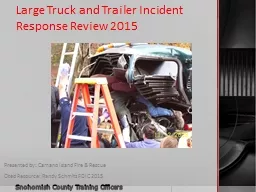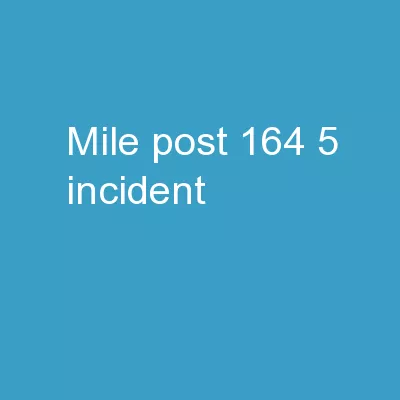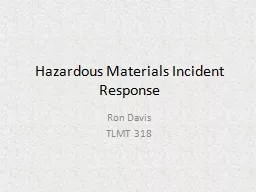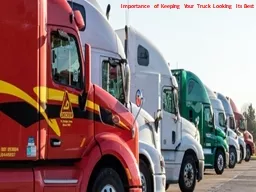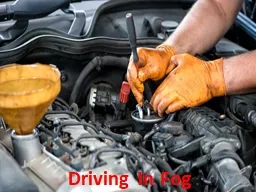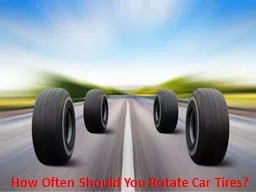PPT-Large Truck and Trailer Incident Response Review 2015
Author : giovanna-bartolotta | Published Date : 2016-03-11
Presented by Camano Island Fire amp Rescue Cited Resource Randy Schmitz FDIC 2015 Class Outline Equipment we have vs what we need Big Rig Anatomy and Extrication
Presentation Embed Code
Download Presentation
Download Presentation The PPT/PDF document "Large Truck and Trailer Incident Respons..." is the property of its rightful owner. Permission is granted to download and print the materials on this website for personal, non-commercial use only, and to display it on your personal computer provided you do not modify the materials and that you retain all copyright notices contained in the materials. By downloading content from our website, you accept the terms of this agreement.
Large Truck and Trailer Incident Response Review 2015: Transcript
Download Rules Of Document
"Large Truck and Trailer Incident Response Review 2015"The content belongs to its owner. You may download and print it for personal use, without modification, and keep all copyright notices. By downloading, you agree to these terms.
Related Documents

